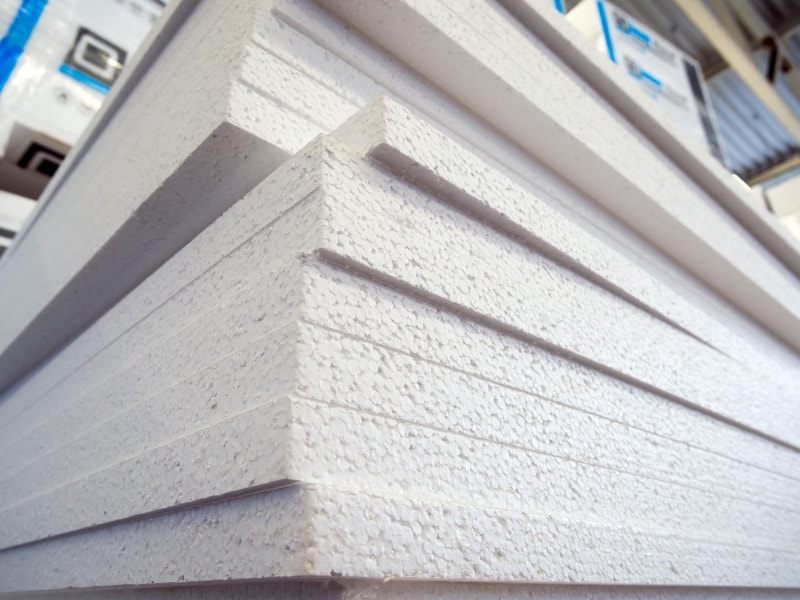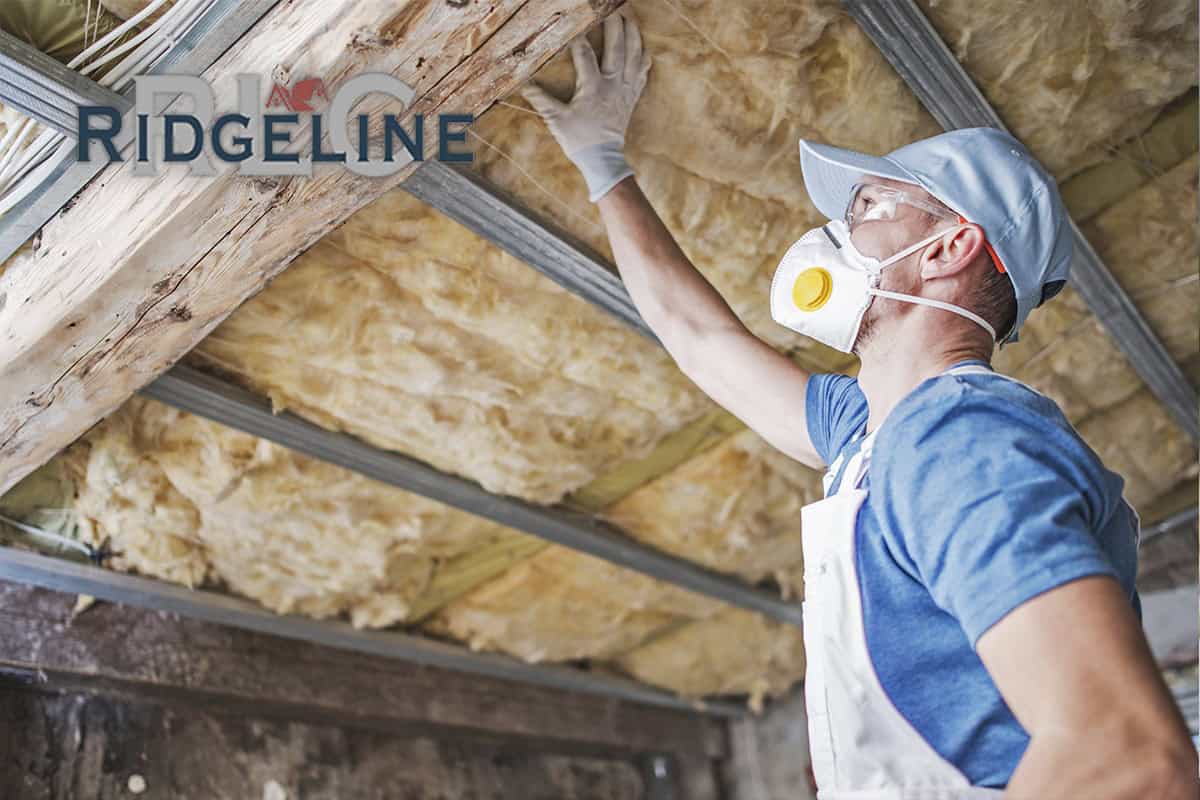Are you considering insulating your attic? Insulating your attic is one of the best ways to save money and increase the energy efficiency of your home. Heat rises and therefore heat rising to an uninsulated attic is energy wasted. An uninsulated home can lose up to 60% of its energy through the attic.
Insulation Saves You Money
Attic insulation can be a great cost-saver for your utilities. Insulating your attic can reduce your heating and cooling costs by up to 20%. Since heating and cooling make up an average of about 70% of your utility bills, the savings can be substantial.
Also Read: Ways to Keep Your Roof Cool & Your Pocketbook Full!
Insulation Regulates Temperature In Your Home
Your furnace and air conditioner work overtime in the winter and summer to keep your house at the temperature you prefer. Attic insulation keeps the air inside your home in and the outside air out. If your attic is not properly insulated, your HVAC could be in overdrive trying to regulate temperature.
Insulation is Long Lasting
A properly insulated and well-maintained home offers a great return on investment. Your insulated attic may last up to 100 years if well maintained.
Insulation Keeps You Comfortable
If your bedrooms are located on the top floors of your home, you are more vulnerable to the temperature outside. If you struggle to regulate the temperature of your bedrooms, a lack of insulation may be the cause. Some rooms may experience a temperature fluctuation of up to 15 degrees between floors. Insulating your attic will keep you comfortable in the peak of summer and winter when your HVAC is getting the most use.
Insulation Can Improve Air Quality
Your HVAC works hard to keep pollutants such as dust, pollen, mildew, and more out of your house. Without proper insulation, the buildup of these airborne allergens can result in poor indoor air quality. Attic insulation can prevent the spread of these pollutants throughout your home, helping to keep your air stay fresh.
Insulation Can Protect Your Roof
An uninsulated attic is more susceptible to damage from heat and moisture. It protects your roof from heat build-up, which can damage the shingles and compromise the wood behind them. Insulating your attic will prevent the formation of mold due to excess moisture.
Related Post: The Unexpected Benefits of Insulated Siding
Tips on Insulating your attic
Insulating your attic is an important step to keeping the temperature in your home comfortable and reducing energy bills. Here are some tips for properly insulating your attic:
- Choose the Right Materials – It is important to choose the right type of insulation material when insulating your attic. Different materials provide different levels of insulation, so be sure to research which type is best for your area and climate. For example, fiberglass or cellulose may be a good option in colder climates, while foam board insulation may work better in warmer locations.

- Install Enough Material – Be sure to install enough material to adequately insulate the entire space—this will ensure maximum efficiency and comfort in your home year-round. The minimum recommended amount of insulation varies by region; you can find specific recommendations on Energy Star’s website or by contacting a reputable contractor.
- Don’t Forget Vents – Ensure adequate air vents near the ceiling and walls of your attic, as proper ventilation allows heat from within the house to escape and helps prevent moisture buildup inside the attic space. Installing ridge vents along the peak of the roof is one way to achieve this goal; if possible, you should also try to include soffit vents at the eaves of the roof for even more effective ventilation.
- Seal Up Cracks & Gaps – In addition to installing insulation, it is essential to seal up any cracks or gaps that could allow air leakage into or out of your attic space—especially around plumbing and wiring that runs through it. Caulking is an option for this purpose, but if there are large openings like those around window frames or doors, use expanding spray foam instead as it provides a much tighter seal with minimal effort on your part.
- Check Attic Access – Make sure that any doors leading into your attic have weatherstripping installed on them, too; this will help keep cold air out during winter months and reduce energy bills all year round! Additionally, consider adding some barriers over open access points, such as scuttle holes (small openings in ceilings) that may not be sealed off by traditional methods like caulking or foam spray.
What is the most effective attic insulation?
The most effective insulation for attics is blown-in cellulose insulation. This type is made from recycled newspapers and other recycled paper products, making it more eco-friendly than different types of insulation. It is also an affordable option compared to other forms of attic insulation. Blown-in cellulose insulation traps air in small pockets that are formed when the material is released from the blowing machine. This helps to improve the overall energy efficiency of a home by preventing heat transfer, which reduces energy costs.
For more information on the proper attic and home insulation, contact the experts at Ridgeline Construction.


